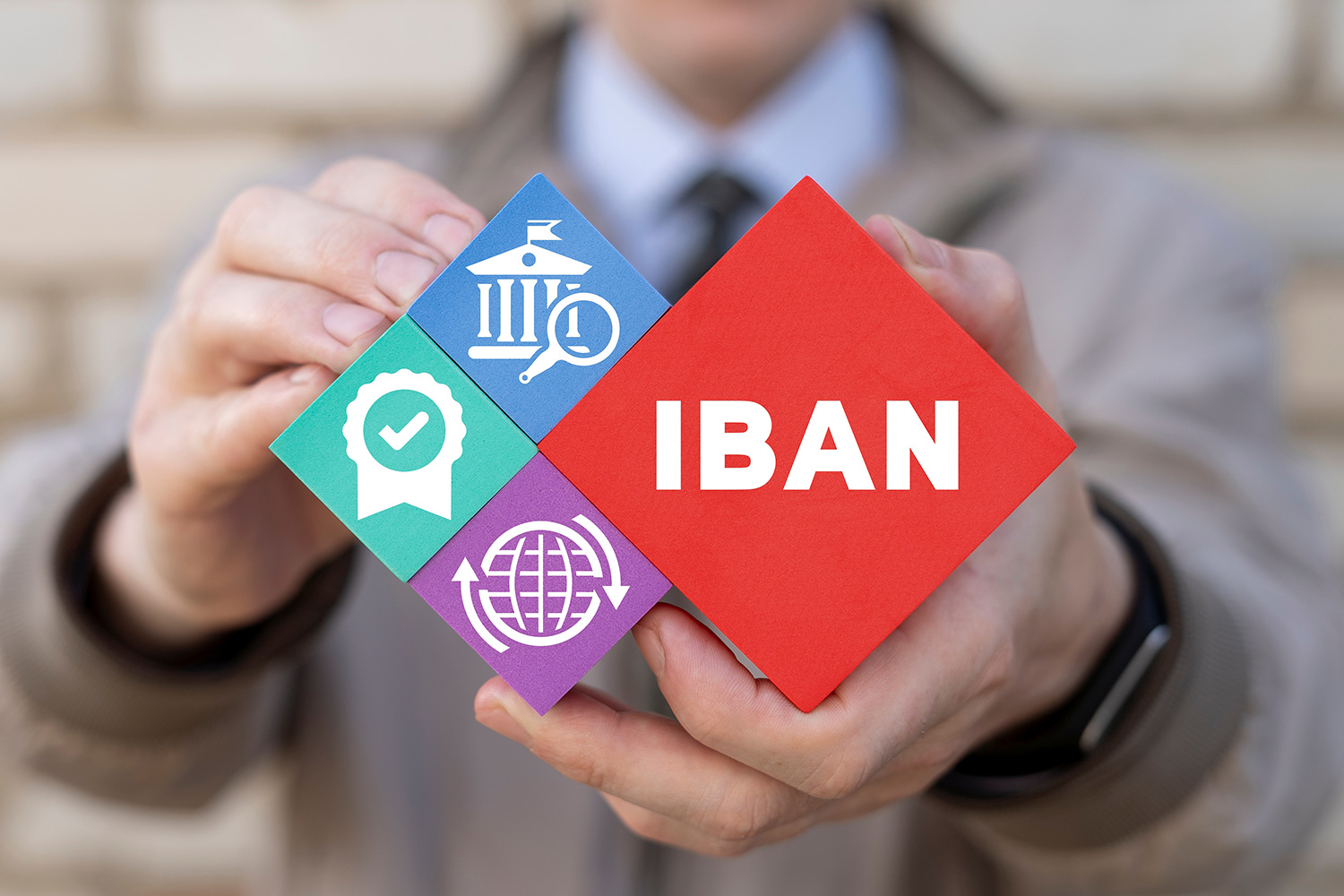

Disclaimer: The following article is intended for educational purposes. LuLu Exchange does not currently offer Web3 or blockchain-based products or advice.
The insurance industry has long been built on centralized models where companies issue policies, process claims manually, and manage risk pools. While these systems have proven effective, they often grapple with challenges such as high operational costs, slow claim processing times, and a lack of transparency. The advent of Web3 technology, powered by blockchain and smart contracts, is paving the way for a revolutionary alternative that promises to redefine how insurance operates.
Web3 insurance shifts the traditional paradigm by introducing decentralized, efficient, and transparent solutions. By automating processes and utilizing shared risk pools, it provides a seamless and user-focused approach to policy issuance, premium calculation, and claim resolution.
How Web3 Insurance Works
Web3 insurance simplifies and streamlines the insurance process by automating core functions through smart contracts. Policies are issued digitally with clearly defined terms and conditions, and premiums are paid in cryptocurrency, contributing directly to decentralized risk pools. Claims, when submitted, are verified using external data sources through oracles, ensuring accuracy and fairness.
The entire process—from policy issuance to claim payout—is automated, eliminating delays and human errors. Smart contracts execute payouts instantly upon verification, creating a seamless experience for users. This innovative system fosters trust and efficiency while reducing the reliance on intermediaries.
Platforms Driving the Web3 Insurance Revolution
Several platforms are at the forefront of Web3 insurance, offering solutions that address diverse needs and risks. Nexus Mutual specializes in covering crypto-specific risks, such as smart contract vulnerabilities and exchange hacks. By enabling users to stake tokens and participate in governance, it promotes collaborative risk management.
Etherisc, another pioneering platform, offers parametric insurance for specific risks like flight delays and crop failures. Its model allows individuals to design and invest in new insurance solutions, broadening inclusivity and addressing niche markets. InsurAce, a multi-chain insurance protocol, provides coverage for a variety of crypto assets and DeFi platforms, using cross-chain mechanisms to enhance accessibility and protection.
Key Features Shaping Web3 Insurance
The defining features of Web3 insurance are rooted in transparency, automation, and decentralization. Smart contracts handle the issuance of policies and the processing of claims, minimizing the need for human intervention. Transparent risk pools allow users to see how funds are allocated, fostering trust in the system.
Community governance empowers token holders to vote on important decisions, ensuring a democratic approach to product development and claims management. Parametric insurance, a hallmark of Web3, simplifies payouts by automating them when predefined conditions are met, eliminating lengthy claim investigations. Additionally, Web3 insurance addresses digital economy risks, offering targeted coverage for challenges like smart contract exploits.
The Benefits of Web3 Insurance
Web3 insurance brings a host of benefits, making it a compelling alternative to traditional systems. Automation significantly reduces operational costs, which translates into more affordable premiums for policyholders. Claims are processed and paid within minutes, a stark contrast to the often protracted timelines of traditional insurance.
The transparent nature of blockchain ensures clear documentation of every step, from risk assessment to premium calculation, enhancing accountability. Web3 insurance is globally accessible, allowing users from anywhere to participate without geographical constraints. Moreover, its collaborative nature enables communities to develop and refine insurance products, addressing underserved markets and emerging risks effectively.
Challenges to Overcome
Challenges to Overcome Despite its potential, Web3 insurance faces hurdles that must be addressed for widespread adoption. Regulatory ambiguity remains a significant challenge, as many jurisdictions are yet to establish frameworks for decentralized systems. Smart contracts, while efficient, can introduce vulnerabilities due to coding complexities.
Accurate risk assessment is another challenge, particularly in emerging markets with limited historical data. Scalability issues also pose a concern, as some blockchain networks struggle with high transaction volumes and associated costs. Addressing these challenges will be crucial to unlocking the full potential of Web3 insurance.
A Future of Inclusive and Efficient Insurance
Web3 insurance is still in its early stages, but its potential to revolutionize the industry is immense. Future innovations in risk assessment, product design, and integration with DeFi protocols are expected to enhance its efficiency and effectiveness. By reducing costs, improving accessibility, and addressing new digital risks, Web3 insurance is poised to become a cornerstone of the evolving digital economy.
As the technology matures, Web3 insurance could redefine the way individuals and businesses protect themselves, making the industry more inclusive, transparent, and efficient than ever before. This shift promises to empower users with greater control while ensuring the security and reliability needed in an increasingly digital world.
Popular BLOG

November 12, 2025
Why Does the US Dollar Hold the Key to Global Exchange Rates?

October 31, 2025
Best Time to Send Money From UAE to India

October 10, 2025
How to Identify Fake Money Transfer Scams

September 25, 2025
The Ripple Effect: When Everyday Choices Echo Far & Wide

October 6, 2025
WPS in UAE: Everything Employers and Employees Should Know

September 19, 2025
How AI Will Impact Money Transfer in the Future

September 10, 2025
What is IBAN Number? How to Find & Use IBAN

September 2, 2025
What Is a SWIFT Code and Why Do You Need It?

August 25, 2025
World Currency Symbols, Explore All Country Currency Symbols

August 7, 2025

